- Smart agricultural farming models
- Launching pilot program of smart agricultural management software
Technology goes into every rice field and shrimp pond
Ca Mau is one of the leading localities in applying high technology to agricultural production. Many specialized software and databases have been built to serve water resource management, weather and pest warnings, as well as applying remote control devices in rice and vegetable cultivation.
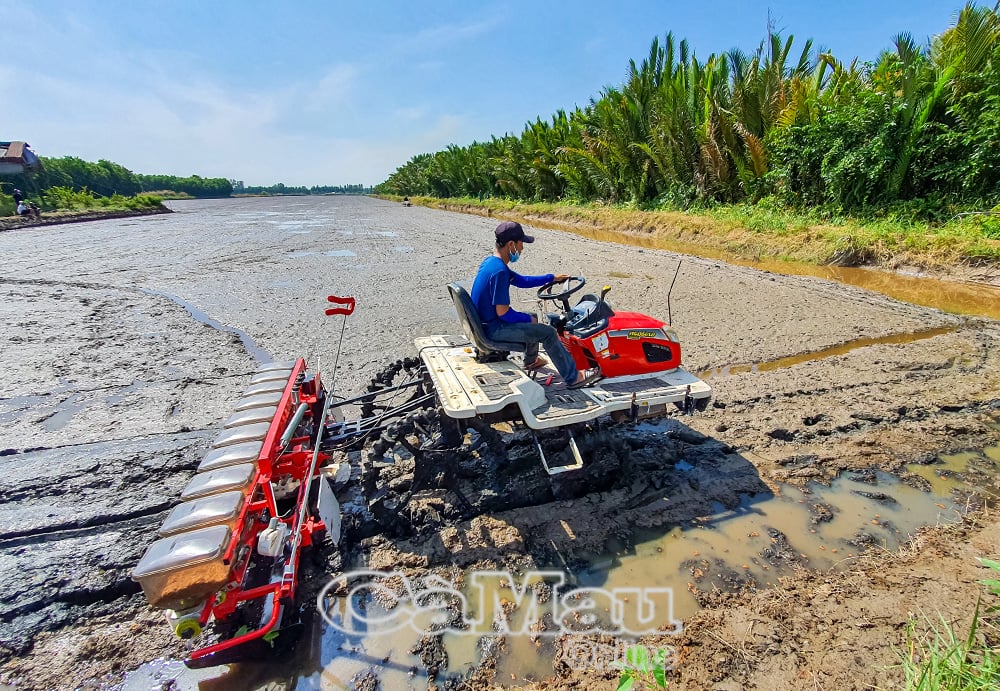
The most prominent is the shrimp industry. From a farming model that depends on the weather, most farming households have now applied advanced processes, with automatic feeding systems, water source monitoring machines, oxygen generators... Thanks to that, shrimp output has increased sharply: if in 2020, Ca Mau shrimp output reached 200,000 tons, by the end of 2024 it will have increased to 252,000 tons.
In Bac Lieu , this figure is even more impressive, from 200,000 tons in 2020 to more than 313,000 tons in 2024. These advances show that the application of digital technology has opened up new development space, affirming the position of the shrimp industry in the region's economic development strategy.
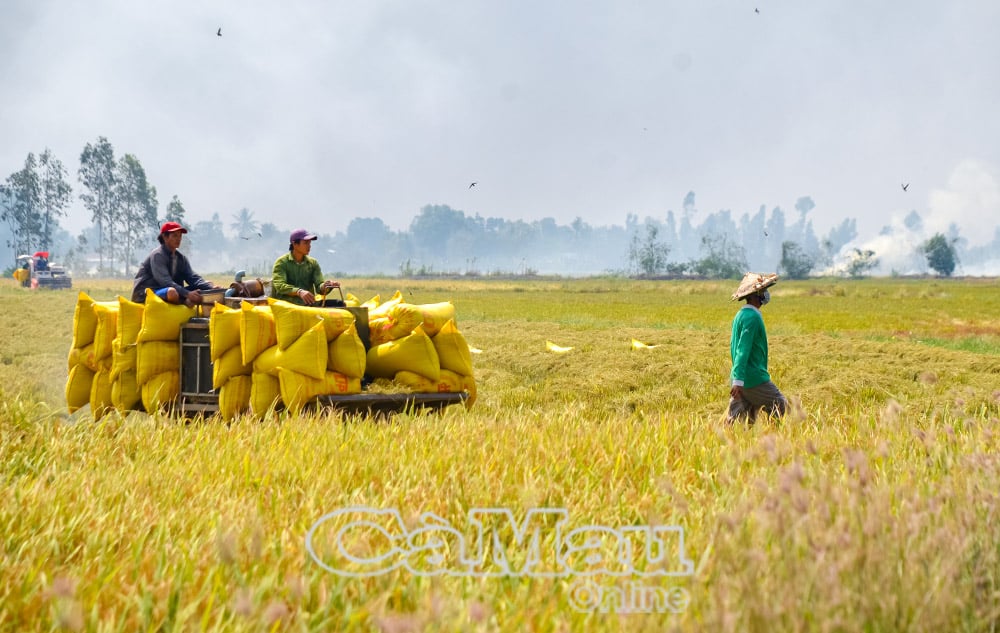
Mr. Nguyen Minh Duong (Dong Hung hamlet, Hung My commune) shared: “Currently, the shrimp farming process has been improved and applied a lot of science and technology. From automatic feeding systems, water source monitoring machines, environmental control, oxygen generation systems... helping us shrimp farmers solve many problems that we could not do before. Thanks to that, the shrimp farming output has continuously increased over the years, helping shrimp farmers have a stable income.”
Not only shrimp, rice is also changing. Many fields have "no human footprints" when farmers use smartphones to manage the fields, monitor insect density and determine the right time to spray pesticides. Mr. Le Ngoc Canh (Binh Le hamlet, Vinh Phuoc commune) excitedly said: "Before, farming was hard, many steps took all day. Now with the support of machines, the work is quick, losses are reduced, and economic efficiency is obvious."
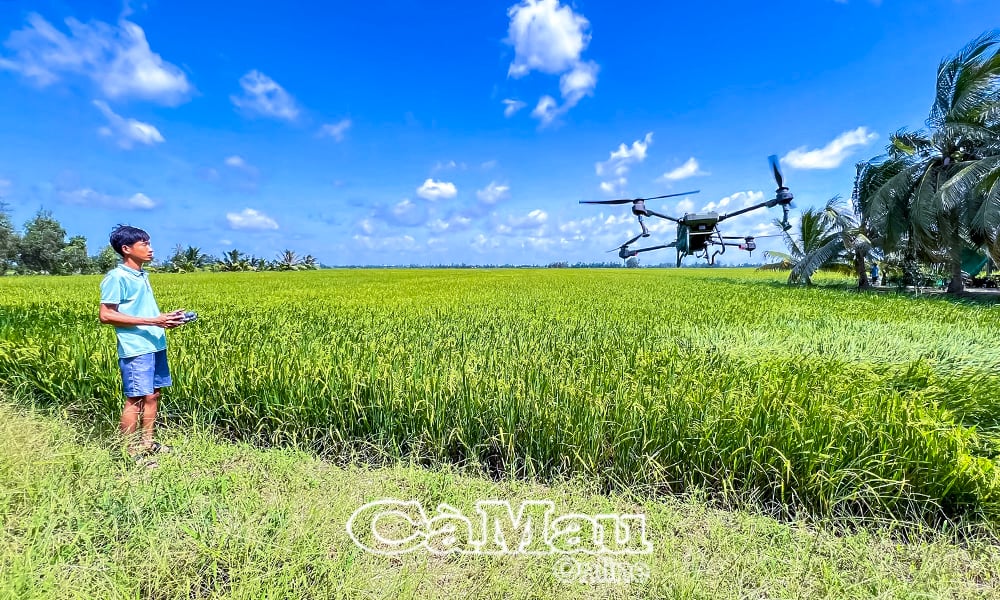
In livestock farming, digital technology is also widely applied: attaching chips to monitor livestock health, controlling temperature, drinking water, automatic feeding, using software to manage livestock productivity... Thanks to that, the traditional livestock farming model is gradually being reshaped in a more sustainable and modern direction.
Need to accompany farmers
Digital transformation in agriculture is an inevitable trend. However, to be successful, farmers must be supported with both knowledge and resources. Young, knowledgeable farmers are increasingly attached to their fields and are the fastest to access and apply technology. However, they still need more capital and experience to invest in modern equipment.

Mr. Ho Van Trinh (Le Giao hamlet, Bien Bach commune) frankly said: "We can apply technology, but the difficulty is that the product output is not stable. If the State supports promotion, market connection, and brand building, then farmers will truly feel secure."
Therefore, along with technology transfer, the agricultural sector needs to strengthen propaganda, organize training, and help farmers raise awareness of digital transformation. At the same time, focus on supporting the construction of smart, organic, high-tech agricultural production models; promote bringing agricultural products to e-commerce platforms. When farmers know how to use online platforms proficiently, "the market will come to the garden", and goods can connect directly to consumers without going through many intermediaries.
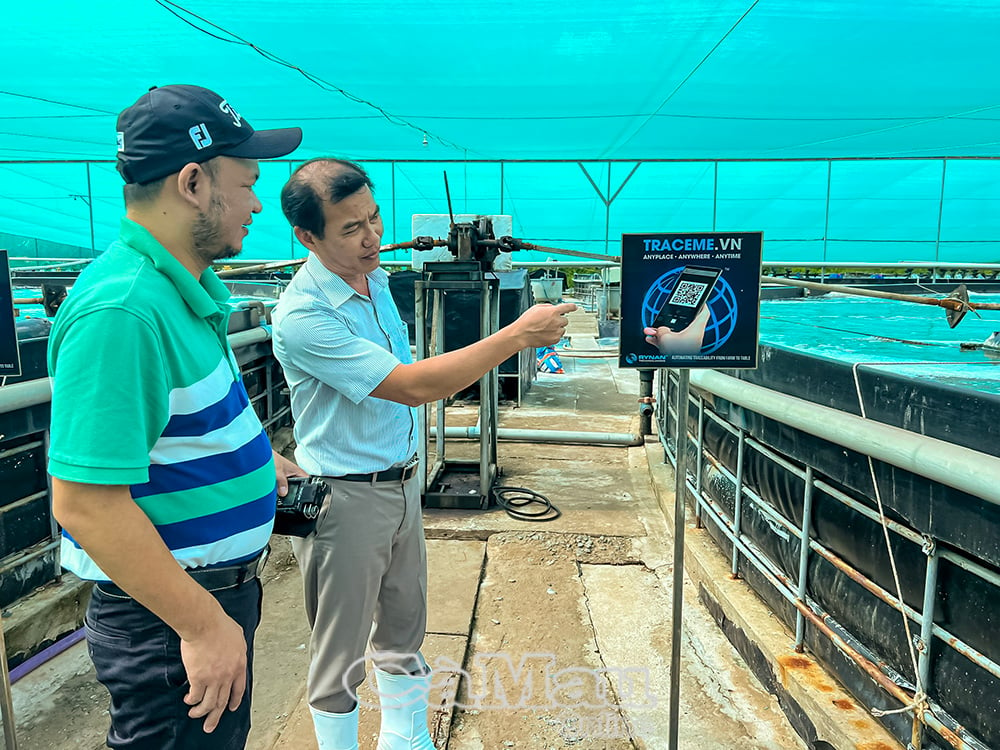
For digital transformation to take place, the role of cooperatives and enterprises is extremely important. In reality, agricultural products on the market are increasingly competitive, from design, packaging to traceability. To survive, cooperatives must innovate their methods of operation and apply technology throughout the production and consumption chain.
During a visit to the Doan Ket Clean Vegetable Cooperative (Hiep Thanh Ward), Comrade Huynh Quoc Viet, Alternate Member of the Party Central Committee, Standing Deputy Secretary of the Provincial Party Committee, emphasized: “If the cooperative wants to develop, its products must keep up with the market, which means boldly applying science and technology, high technology, and digital transformation. At the same time, it is necessary to promote e-commerce, traceability, and ensure food safety to reach more customers.”
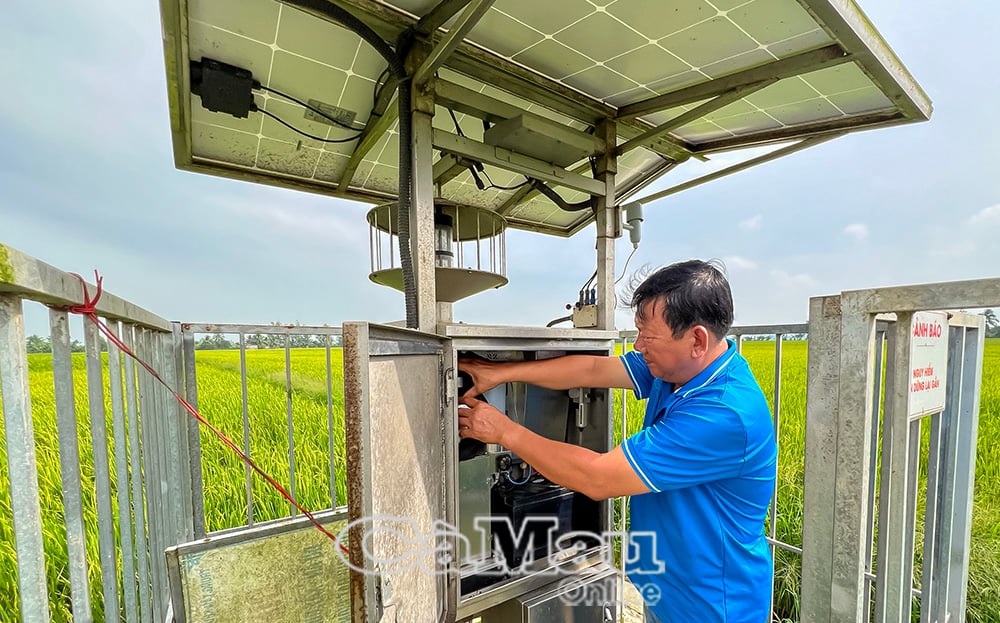
It can be affirmed that the application of digital technology not only improves production efficiency but also fundamentally changes the way of thinking about farming. Digital transformation helps to form large specialized areas, expand markets, promote brand building and develop sustainable agricultural products.
With the support of the government, the innovation of businesses and the proactive learning of farmers, digital agriculture in Ca Mau is opening up a new development space - modern, smart and integrated.
Nguyen Linh
Source: https://baocamau.vn/nong-nghiep-so-kien-tao-khong-gian-phat-trien-ben-vung-a121817.html



![[Photo] Parade to celebrate the 50th anniversary of Laos' National Day](/_next/image?url=https%3A%2F%2Fvphoto.vietnam.vn%2Fthumb%2F1200x675%2Fvietnam%2Fresource%2FIMAGE%2F2025%2F12%2F02%2F1764691918289_ndo_br_0-jpg.webp&w=3840&q=75)
![[Photo] Worshiping the Tuyet Son statue - a nearly 400-year-old treasure at Keo Pagoda](/_next/image?url=https%3A%2F%2Fvphoto.vietnam.vn%2Fthumb%2F1200x675%2Fvietnam%2Fresource%2FIMAGE%2F2025%2F12%2F02%2F1764679323086_ndo_br_tempimageomw0hi-4884-jpg.webp&w=3840&q=75)



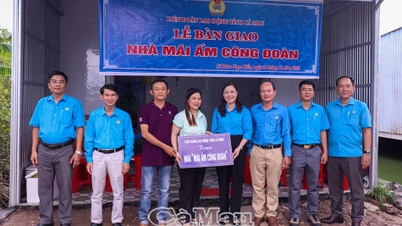

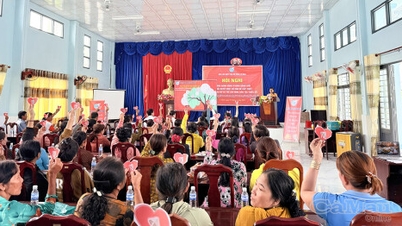
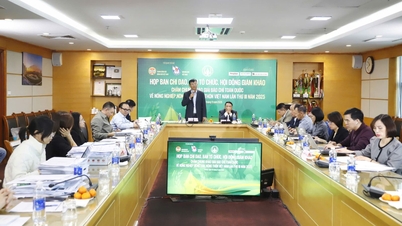


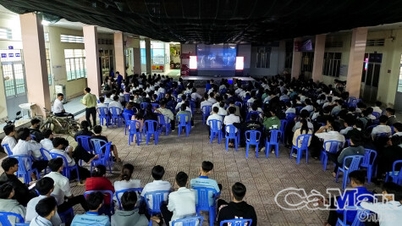
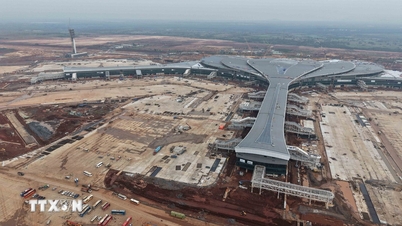



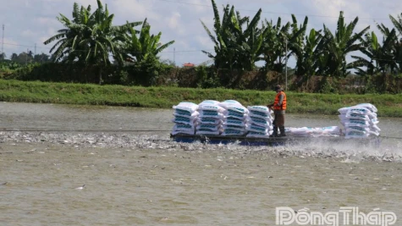

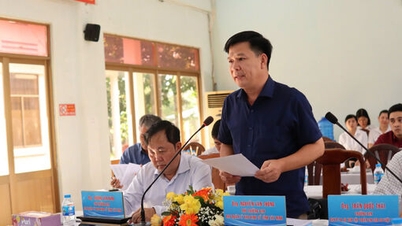

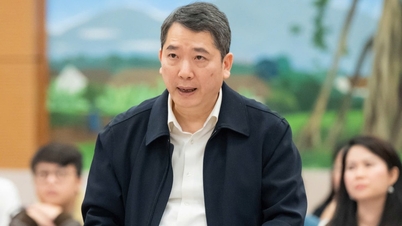

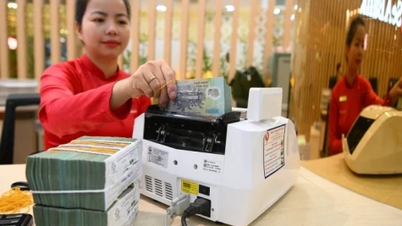





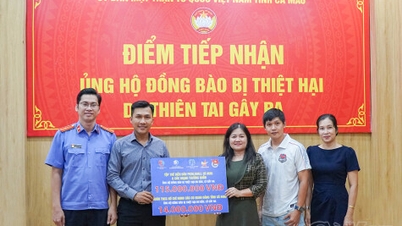
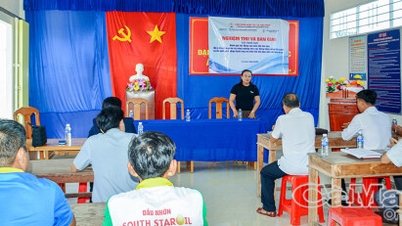
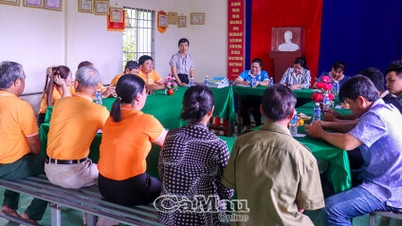

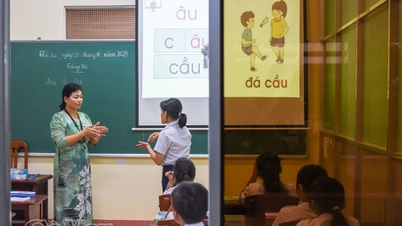
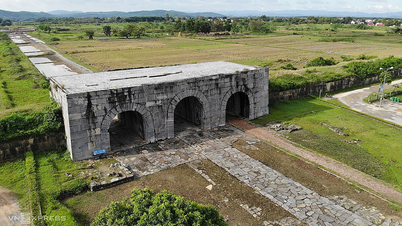






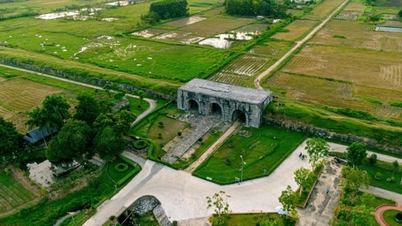

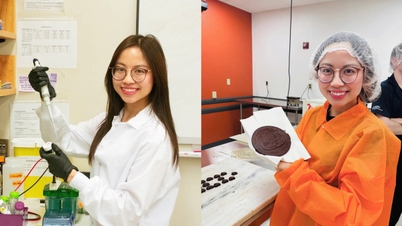






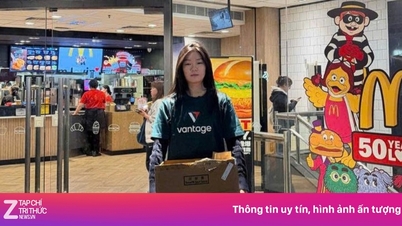





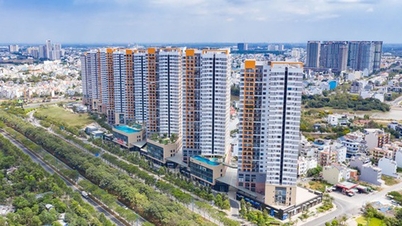

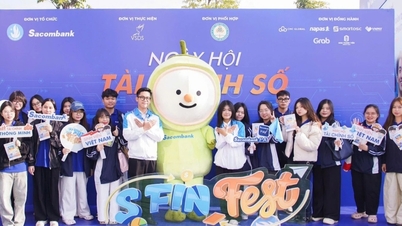


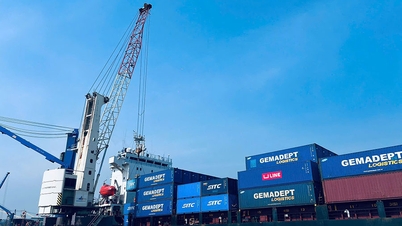








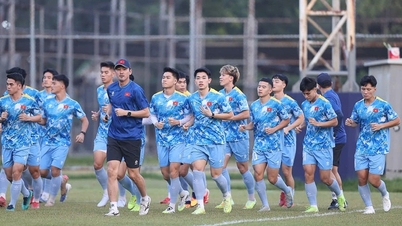



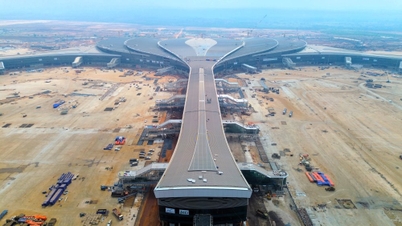



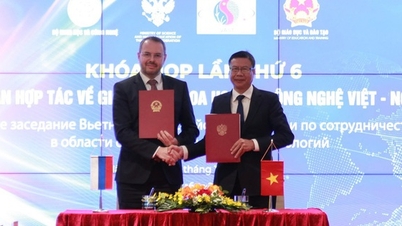
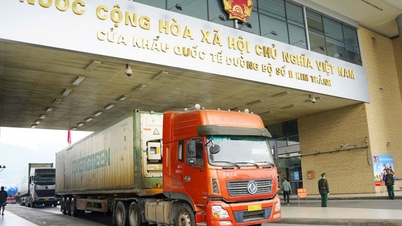



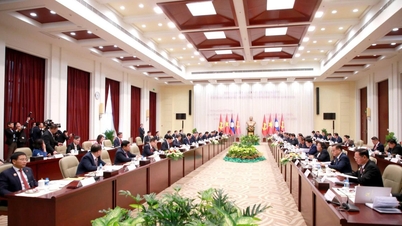

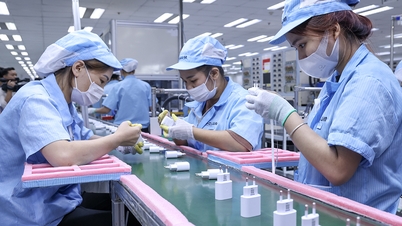
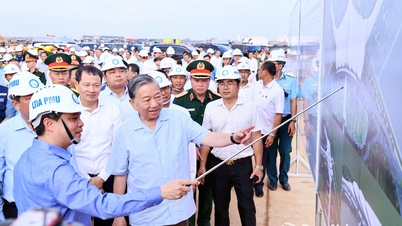

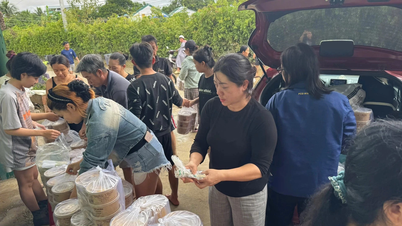
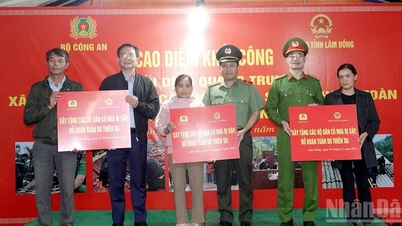
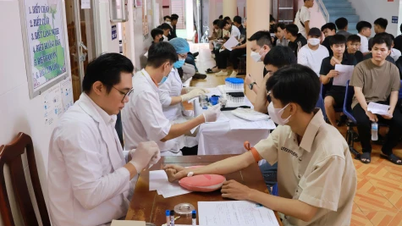














Comment (0)